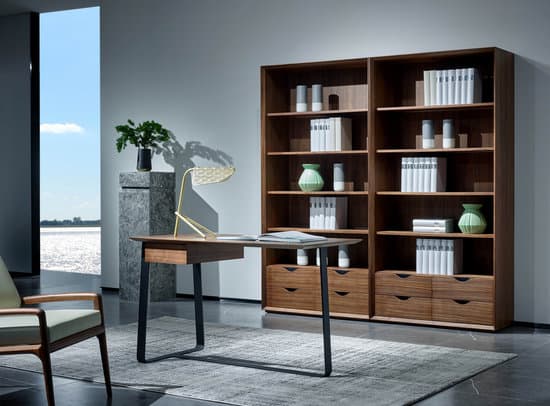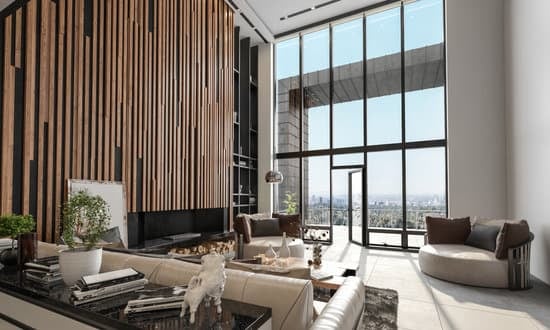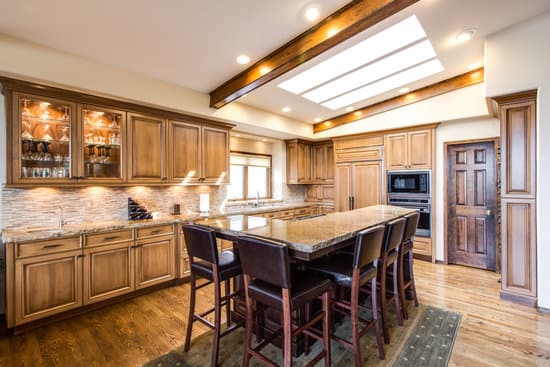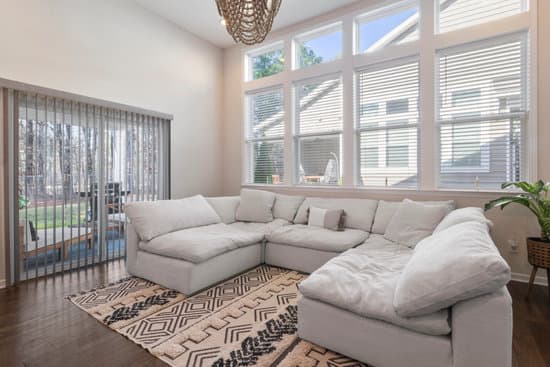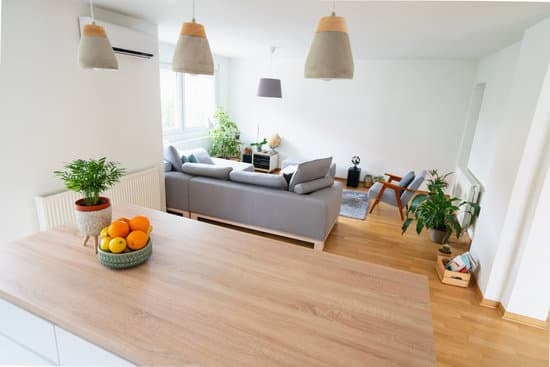Decor styles can come and go, but there are certain design elements that will always stand the test of time. When it comes to creating a timeless look, utilizing classic patterns is key. These patterns have been around for generations and continue to add elegance and sophistication to any room. So, what are some classic patterns that you should consider incorporating into your decor?
Damasks: These intricate, swirling patterns have been popular for centuries and add a regal touch to any room. They come in a variety of colors and can be paired with solids or stripes to create a layered look.
Stripes: From nautical-inspired navy and white to bold and colorful, stripes are a versatile pattern that never goes out of style. They can add a modern edge or a preppy touch to any room.
Botanicals: Whether it’s a floral wallpaper or a botanical print pillow, incorporating nature-inspired patterns into your decor brings the outdoors inside. These patterns can be found in a range of colors and styles, from bold and bright to muted and subtle.
Plaids: A classic pattern often associated with cozy cabin decor, plaids are a versatile print that can be incorporated into any style. From traditional red and green to more modern neutrals, plaids never fail to add a cozy touch to a room.
While incorporating classic patterns is important for achieving a timeless look, it’s also important to avoid trendy patterns that may quickly go out of style. Animal prints, chevrons, and bold geometrics with strong colors are all examples of patterns that may be popular now but could quickly become dated. By sticking with classic patterns and avoiding fads, you can create a decor style that will stand the test of time.









